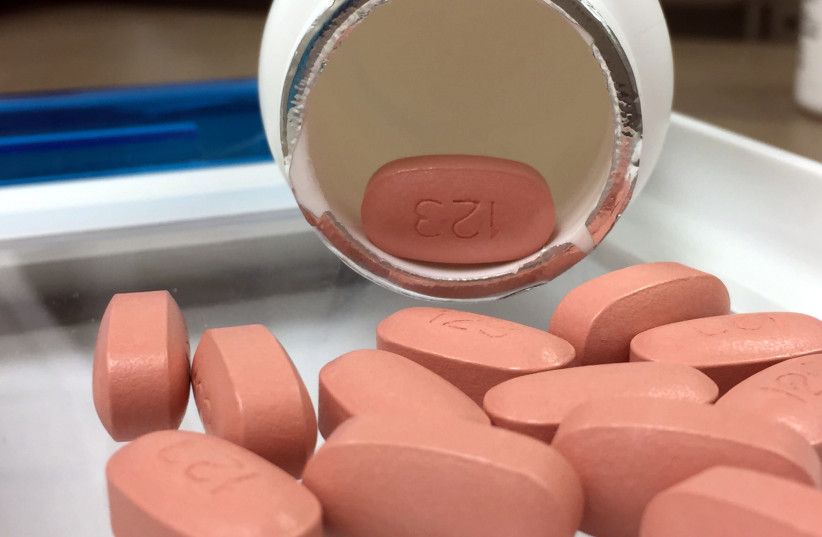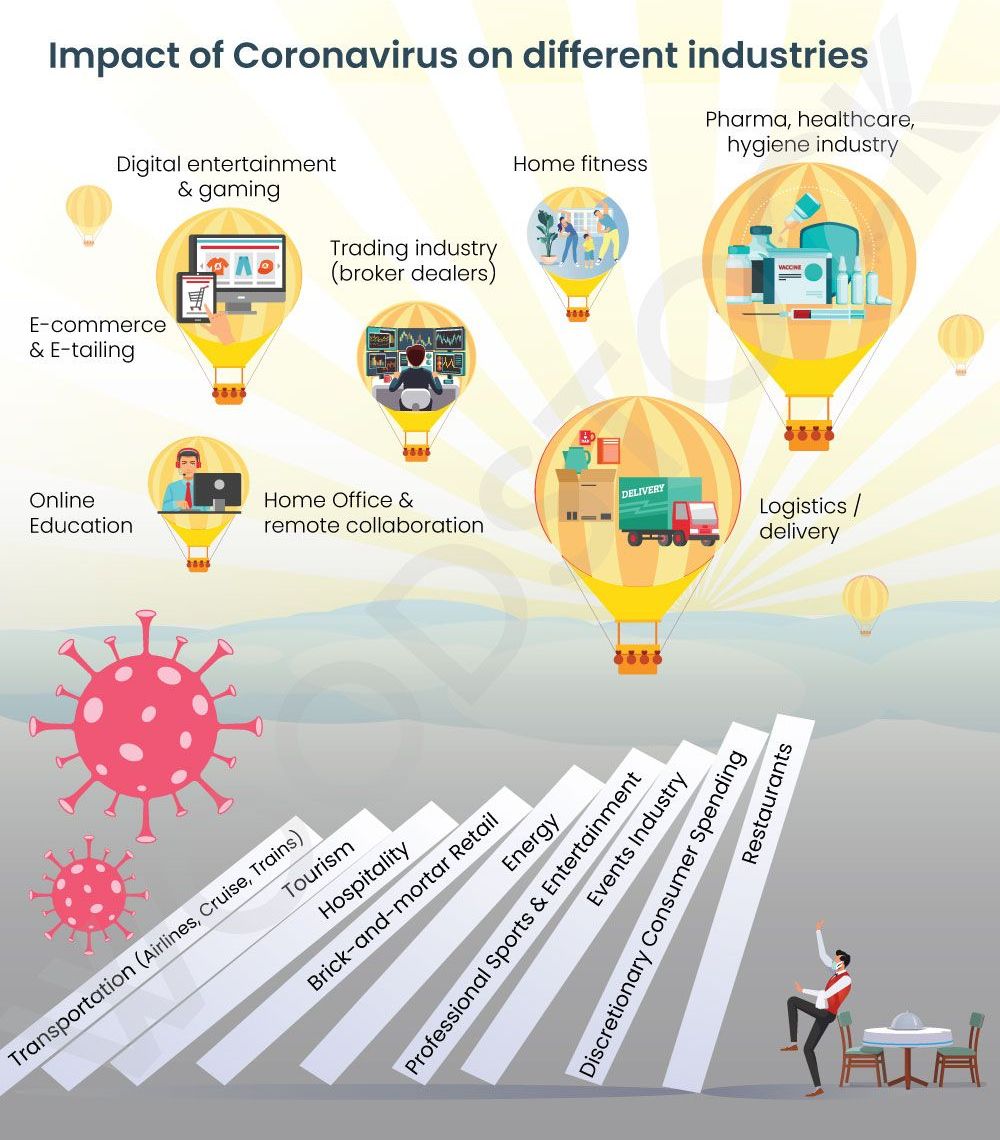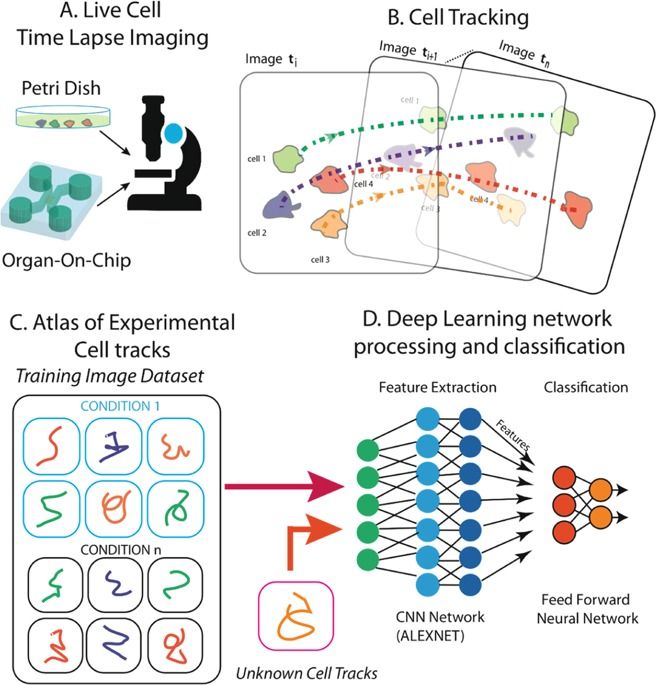A team of materials scientists at Lawrence Berkeley National Laboratory (Berkeley Lab) – scientists who normally spend their time researching things like high-performance materials for thermoelectrics or battery cathodes – have built a text-mining tool in record time to help the global scientific community synthesize the mountain of scientific literature on COVID-19 being generated every day.
The tool, live at covidscholar.org, uses natural language processing techniques to not only quickly scan and search tens of thousands of research papers, but also help draw insights and connections that may otherwise not be apparent. The hope is that the tool could eventually enable “automated science.”
“On Google and other search engines people search for what they think is relevant,” said Berkeley Lab scientist Gerbrand Ceder, one of the project leads. “Our objective is to do information extraction so that people can find nonobvious information and relationships. That’s the whole idea of machine learning and natural language processing that will be applied on these datasets.”







